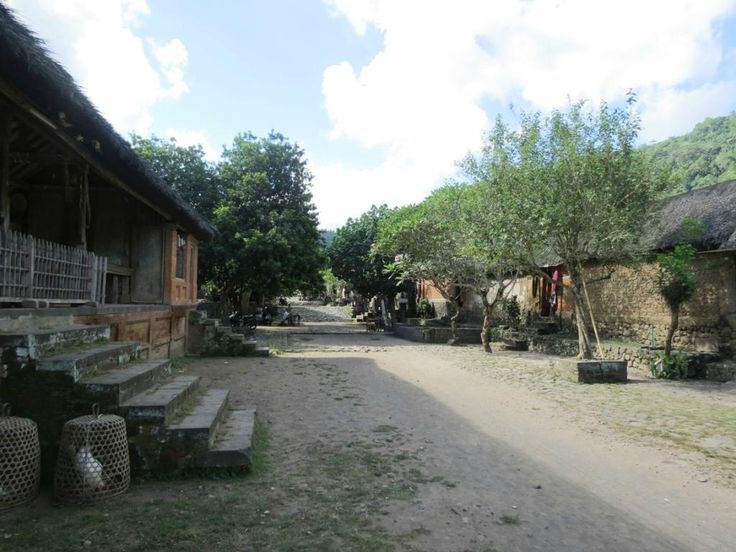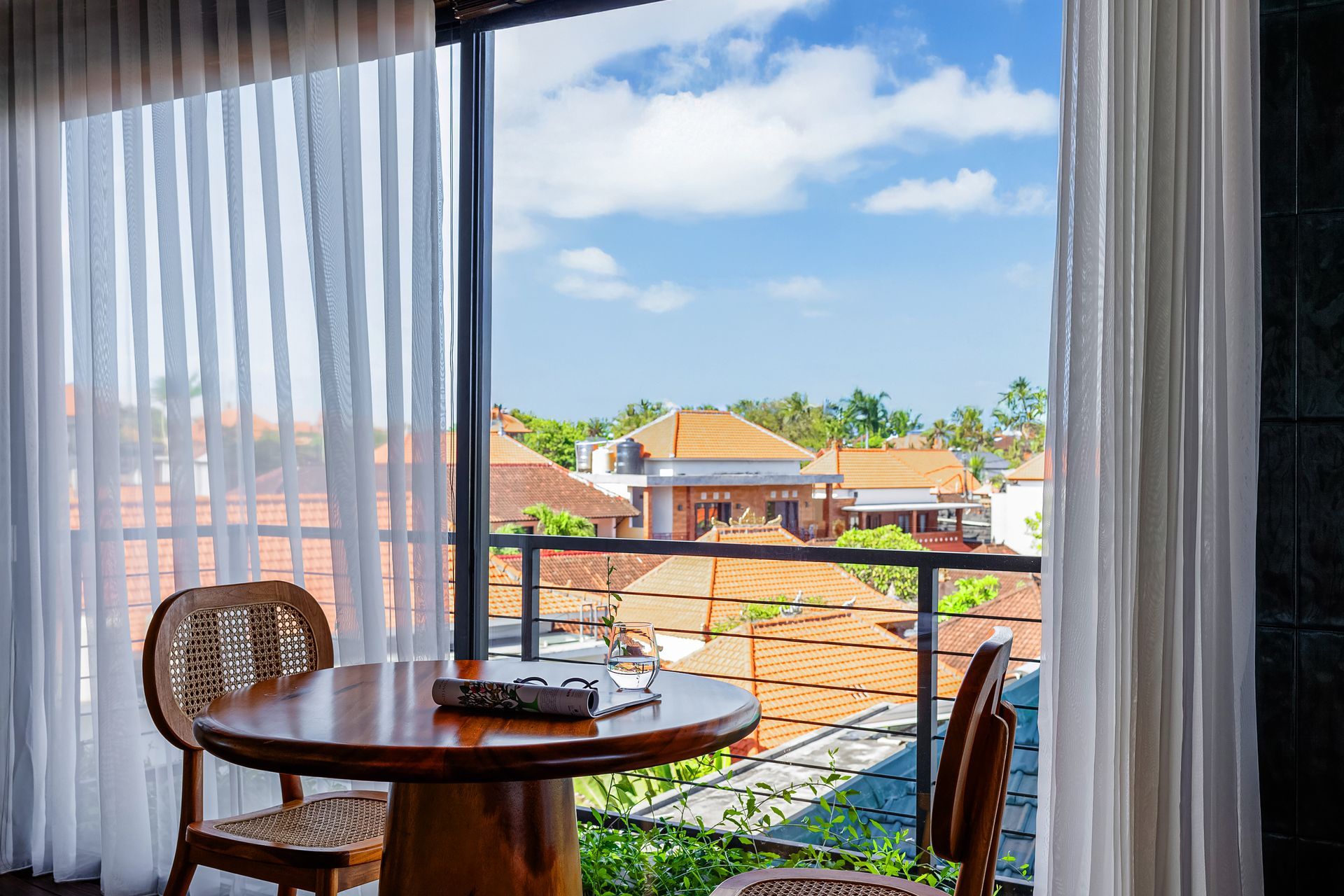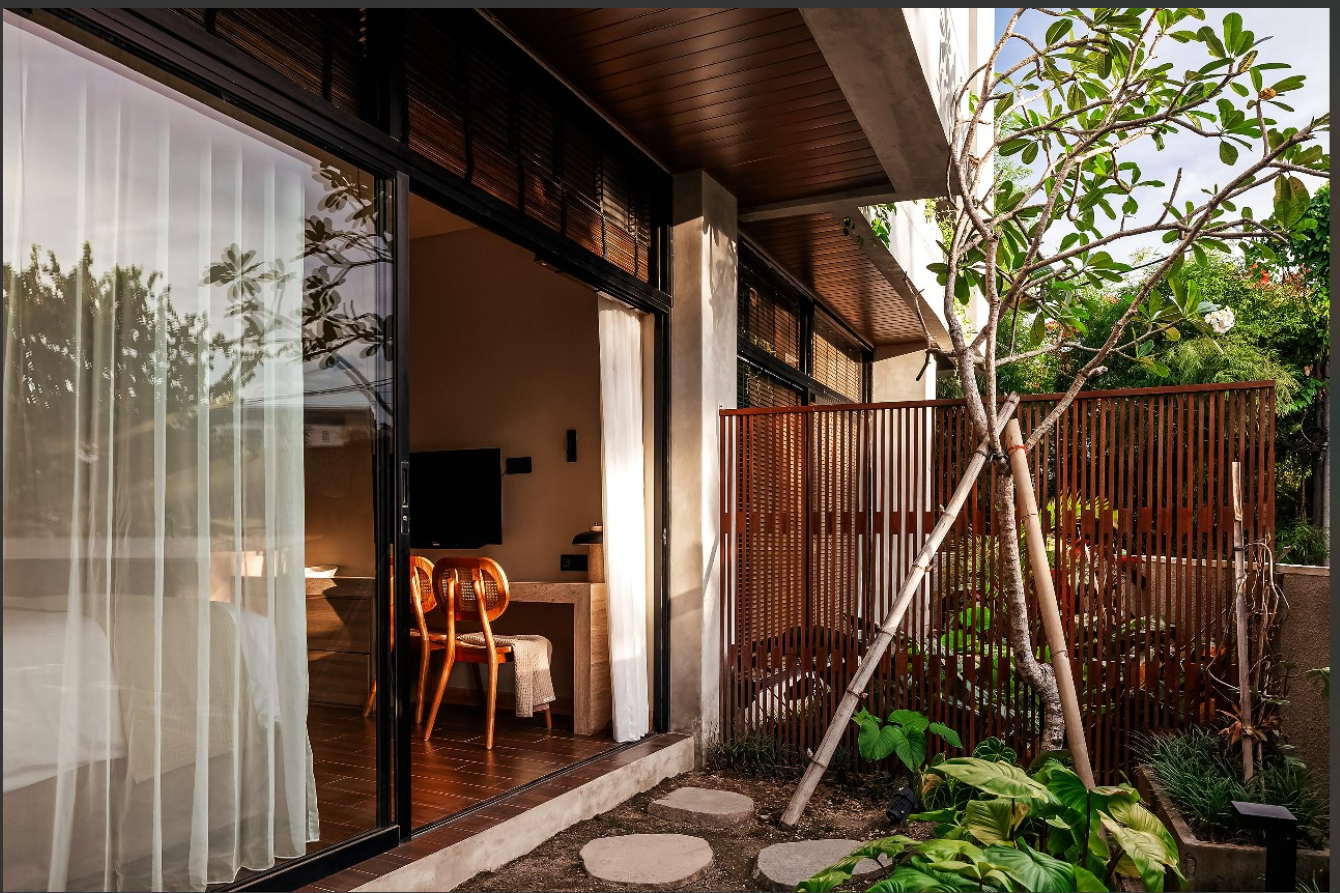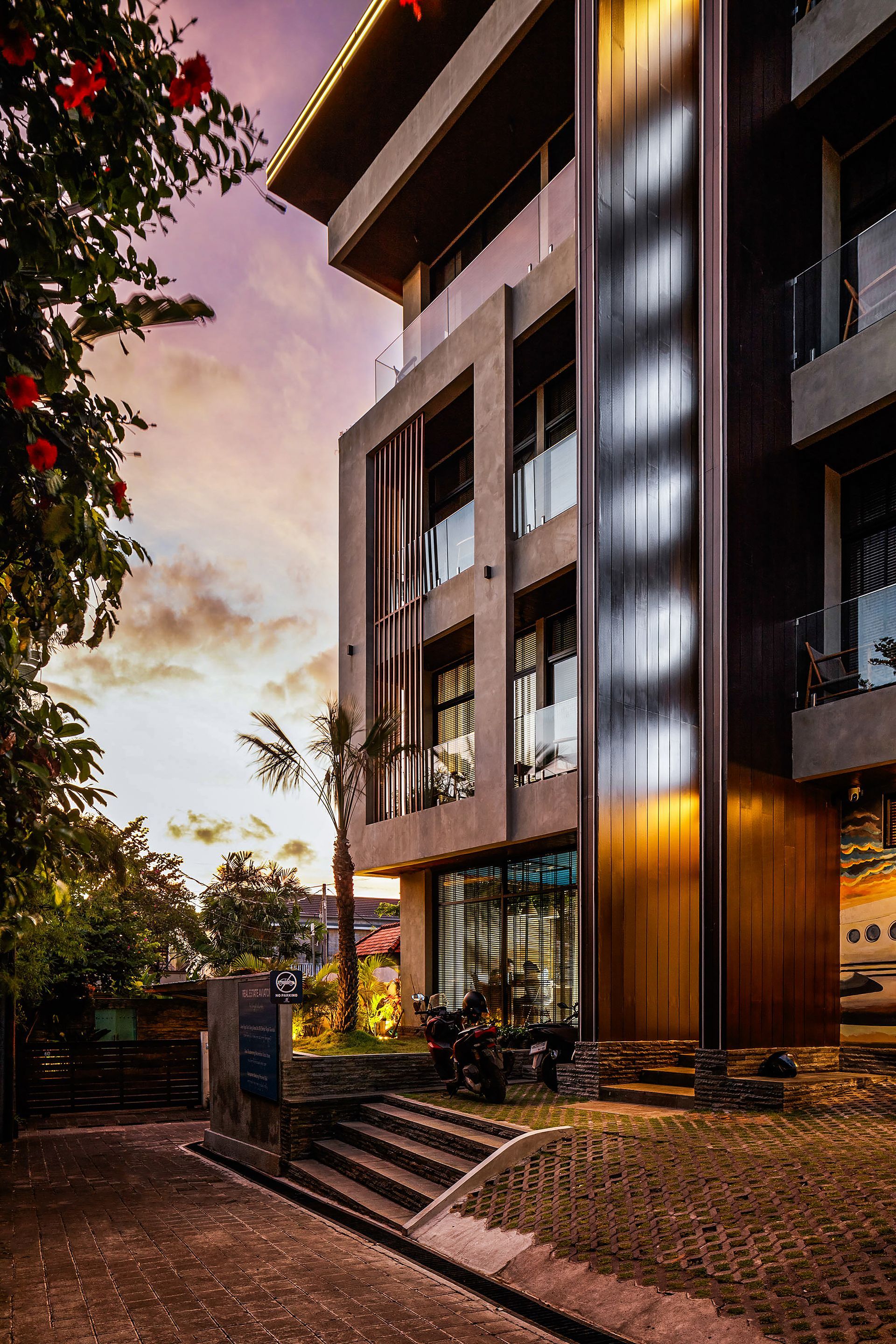Discover Tenganan: Bali’s Ancient Village with a Unique Death Ritual
Discover Tenganan: Bali’s Ancient Village with a Unique Death Ritual

Discover Tenganan: Bali’s Ancient Village with a Unique Death Ritual
One of Bali’s best-kept cultural treasures – where time stands still, and traditions live on.
In the lush hills of East Bali, nestled between rice fields and forested slopes, lies a village unlike any other: Tenganan Pegringsingan. This ancient Balinese village is one of the few remaining communities of the Bali Aga—original Balinese people who lived on the island before the arrival of Hindu-Javanese culture. While many travelers flock to Bali for beaches and surf, those curious about culture will find Tenganan to be a place of quiet wonder. The village is known for its strict traditions, preserved architecture, and deeply spiritual way of life. Here, everything follows ancient rules—from marriage and festivals to farming and even death. Yes, even the way the dead are treated in Tenganan sets this village apart. If you’re looking for a truly authentic, thought-provoking cultural experience, this is a place you should not miss.
The Unique Death Ritual
One of the most talked-about traditions in Tenganan is its unconventional funeral practice. Unlike typical Balinese Hindu cremation ceremonies, Tenganan follows a burial system where bodies are not buried underground nor cremated immediately. Instead, the deceased are placed in a special area of the village known as Setra (cemetery), where bodies are laid on the ground and left to decompose naturally, covered by bamboo and leaves. The process is done with deep reverence and is based on the belief that nature will reclaim what it once gave. There are no loud ceremonies, no grand cremation towers—just silence, simplicity, and surrender to the cycle of life. Interestingly, this method is not practiced by all villagers—only those who die in a “natural” way or meet certain traditional criteria. This tradition may sound unusual to outsiders, but for the people of Tenganan, it reflects a profound respect for the Earth and ancestral customs.
Why the Tradition Exists
The origins of this ritual are deeply rooted in the philosophy of the Bali Aga people, who believe that life and death are part of a harmonious balance. By not interfering with the body’s return to nature, they honor the natural process of life’s cycle. Cremation, in contrast, is seen as too modern or intrusive for the original beliefs. Moreover, cremations require elaborate resources, while the burial practice in Tenganan is intentionally simple, eco-friendly, and spiritual. There's a sense of humility and surrender in allowing the Earth to “digest” the body, untouched by fire or modern burial structures. The ceremony itself is solemn and usually attended only by close family members, with minimal public display. It’s this simplicity and deep cultural symbolism that makes Tenganan’s death ritual not only unique, but also deeply meaningful. For visitors, witnessing or even learning about this tradition can be a humbling reminder of how differently life and death can be honored around the world.
Village Structure and Daily Life
But Tenganan is not only about death rituals. The entire village is a living museum, preserving Bali’s pre-Hindu way of life. Walking into Tenganan feels like stepping into a different era. The village is laid out in a rectangular shape, flanked by rows of traditional stone houses with red-tile roofs. The people live in close-knit harmony, still following age-old customs regarding marriage, religion, and community structure. You won’t find modern vehicles inside; everything moves slowly, mindfully. Children play traditional games, elders sit weaving, and women prepare offerings. Tenganan is also famous for its “double ikat” weaving, a highly complex textile art form found only here. These rare fabrics, called Gringsing, are believed to have spiritual power and are used in rituals, making them deeply symbolic. Life in Tenganan moves to the rhythm of nature and tradition—a lifestyle that’s been protected from rapid modernization for centuries.
Festivals and Ceremonies
Tenganan is also known for its unique festivals, especially the famous Perang Pandan (Pandan War). This annual ritual takes place in June or July and is part of the Usaba Sambah festival, where young men engage in friendly combat using thorny pandan leaves as weapons and woven rattan shields. The ritual honors the god of war and is a symbol of masculinity, courage, and purification. What’s fascinating is that even in the face of pain and blood, the ritual is done with smiles, laughter, and community support. Injuries are treated with herbal medicine, and participants are proud to have taken part. The festival is accompanied by traditional music, dances, and offerings, making it a vibrant display of living tradition. For visitors, it’s a rare opportunity to see authentic Bali Aga culture in action—unfiltered, meaningful, and rich in symbolism. Attending one of these ceremonies can be a deeply moving cultural experience.
How to Visit Tenganan
Tenganan is located in the Karangasem regency, about 1.5 to 2 hours' drive from the Kuta or Seminyak area, depending on traffic. It’s a peaceful escape from the hustle and bustle of Bali’s southern coast. Because the village maintains such strict customs, it’s important to visit respectfully—dressing modestly and following local guidance while inside the village. The best way to appreciate Tenganan is not to rush. Take your time walking through its stone paths, talking to locals (many speak basic English), watching the weaving process, or even buying authentic Gringsing cloths as souvenirs. While Tenganan is open to tourists, it’s not a commercial village—you won’t find aggressive sellers or loud cafes here. Instead, what you’ll find is a deep sense of spiritual calm and cultural pride. It’s highly recommended to go with a knowledgeable local guide who can help you understand the meanings behind the traditions and architecture.
Let Aviator Bali Arrange Your Tour
If you’re staying at Aviator Bali and want to explore Tenganan, we can help make your visit seamless and stress-free. We offer custom tour arrangements with private drivers who are not only friendly but also familiar with Bali’s cultural sites. Our team can help plan a day trip that includes Tenganan as well as nearby attractions such as Tirta Gangga, Virgin Beach, or the Water Palace of Karangasem. You don’t have to worry about directions, entry fees, or local etiquette—we’ll take care of the logistics so you can focus on experiencing. And yes, our tour packages are affordable and fully customizable based on your schedule and interests. If you’d like personal recommendations or want to add a spiritual or historical touch to your Bali itinerary, just talk to our front desk or reach out via WhatsApp. Let us help you Fly Your Life—into the heart of Bali’s cultural soul.
Tenganan is not just a village; it’s a living story of Bali before it became Bali as the world knows it. Its traditions may seem unfamiliar or even strange at first, especially when it comes to how they honor death. But at its core, Tenganan is a place that teaches us about humility, respect for nature, and the importance of preserving identity. In a world that moves fast, Tenganan invites you to slow down, reflect, and connect with something timeless. Whether you’re a culture lover, a spiritual seeker, or simply a curious traveler, this village offers more than just sightseeing—it offers a perspective. And for guests at Aviator Bali, visiting Tenganan can be a meaningful part of your journey, adding depth and balance to your holiday. Don’t let your Bali experience be only about beaches and cafes—go deeper, discover more. Let your story of Bali include ancient footsteps, sacred rituals, and timeless wisdom.










